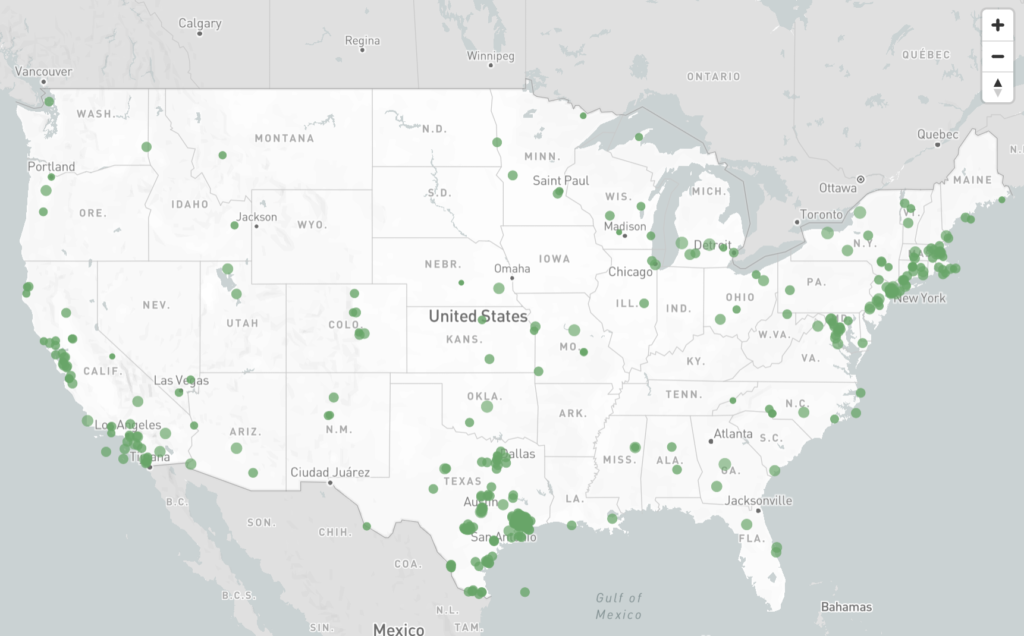Department of Energy Releases New Tool Tracking Microgrid Installations in the United States
Last month, the U.S. Department of Energy (DOE) announced the release of a new, interactive tool tracking microgrids installed throughout the United States.
A microgrid is a local grid with an independent source of energy capable of disconnecting or “islanding” from the utility grid. Microgrids improve resilience by allowing critical facilities to continue operating in the event of a utility-grid outage. For manufacturers and industrial facilities, microgrids can also help ensure delivery of the high-quality, reliable electricity necessary to maintain today’s increasingly digitized operations.

The Microgrid Installation Databaseincludes a comprehensive listing of the U.S.’s 461 operational microgrids that provide a total of 3.1 gigawatts of reliable electricity. The information, which is updated on a monthly basis, is presented in a tabular format to help users easily access and sort data. The site features:
- An interactive map of microgrid installations across the U.S.
- The ability to filter and search for sites by technology, end-user application, generation and storage capacity, and operating year
- Downloadable data files
The new Microgrid Installation Database is co-located with the complementary Combined Heat and Power (CHP) Installation Database, which captures the nation’s CHP installations. CHP technologies allow facilities to generate on-site electric power and useful thermal energy from a single fuel source. The high efficiency and reliability of CHP systems decreases carbon emissions while offsetting the need to generate steam or hot water with a separate boiler. CHP technologies are an attractive anchor for multi-technology microgrids, particularly those incorporating renewable generation sources like solar PV or wind.
The Microgrid and Combined Heat and Power Installation Databases are sponsored by DOE’s Advanced Manufacturing Office and maintained by ICF. Visit https://doe.icfwebservices.com/index to explore the tools and learn more.
“As we have seen time and time again, North Carolina, South Carolina, and other coastal states in the southeast United States are especially vulnerable to utility outages caused by hurricanes. By installing microgrids, we can help ensure the delivery of vital local government services, such as 911 dispatch for police and fire agencies, as well as emergency medical and food delivery” said Isaac Panzarella, Assistant Director at the NC Cleantech Center about the DOE Microgrid installation database release. The Center has several programs that support microgrid concept development and planning, especially for critical infrastructure (CI) facilities, including hospitals, universities, water & wastewater plants and industrial facilities. One of these is the U.S. DOE Southeast Combined Heat and Power Technical Assistance Partnership (CHP TAP), a partnership between NC State University and the U.S. Department of Energy. CI facilities in the Southeast U.S., including Puerto Rico and the Virgin Islands can receive no-cost technical assistance through the Southeast CHP TAP to help identify viable opportunities for microgrids. The Center also offers Energy and Sustainability Services that are customized to a specific sites’ requirements, and provide quick decision-making support through a fee-based agreement.